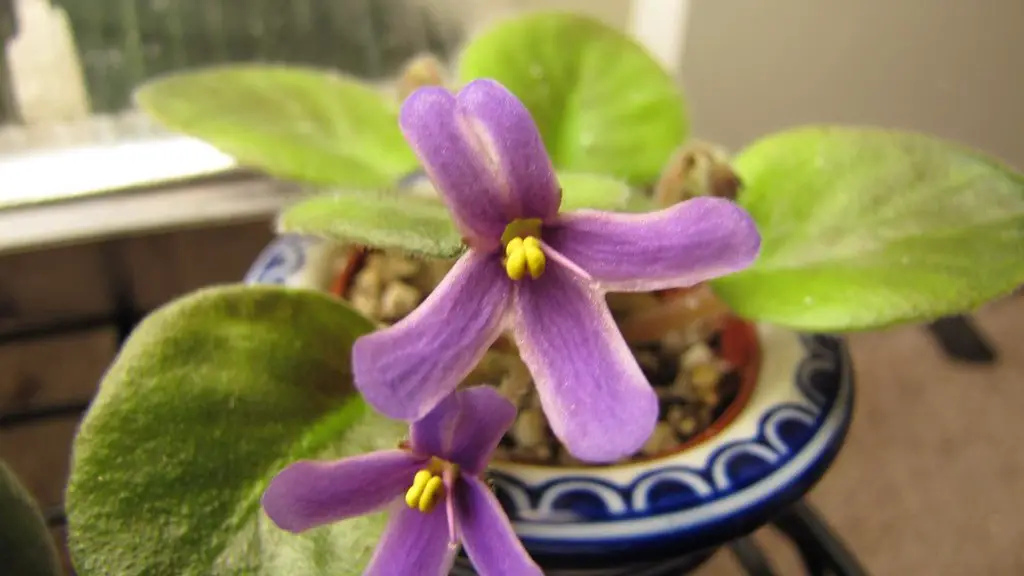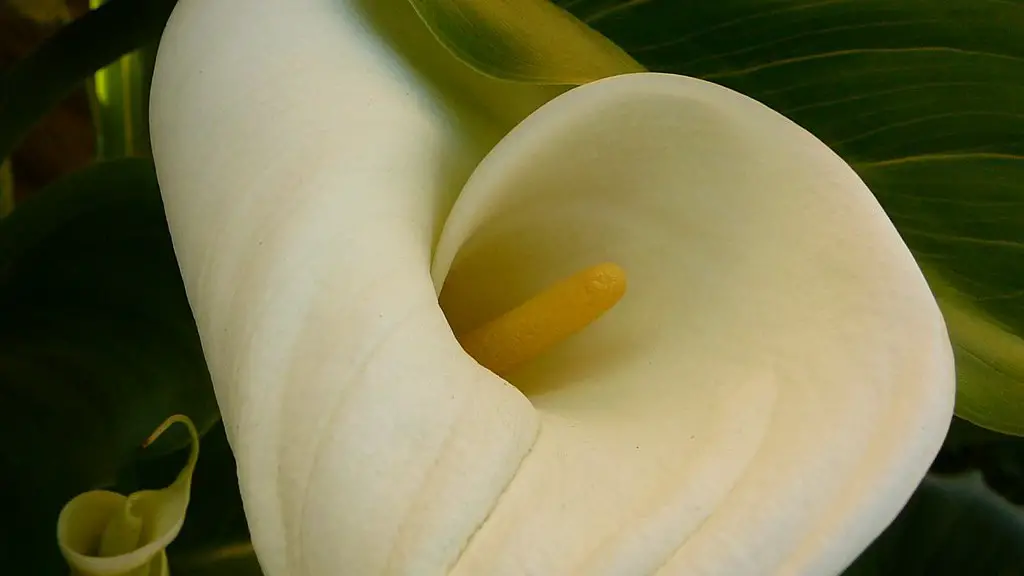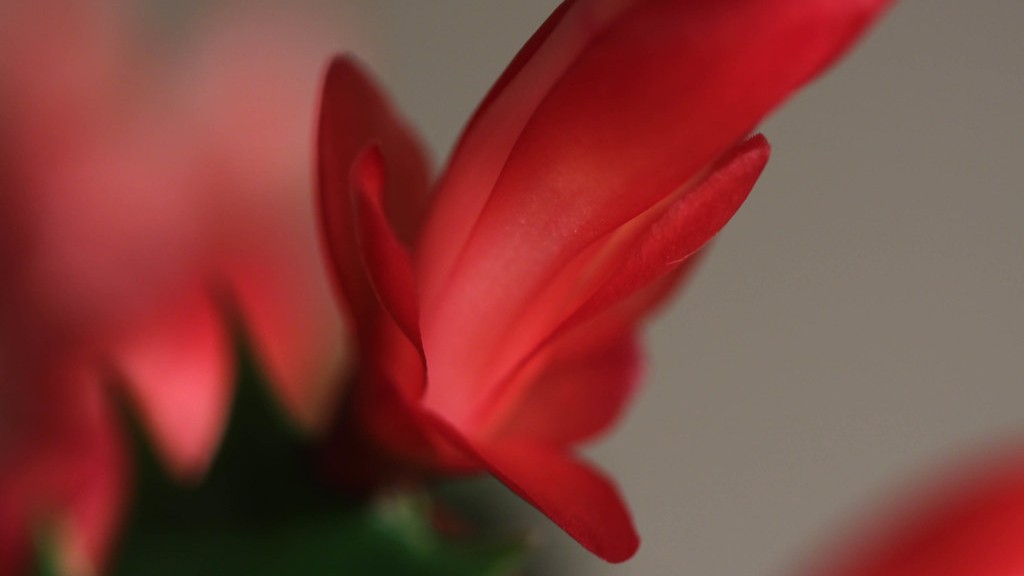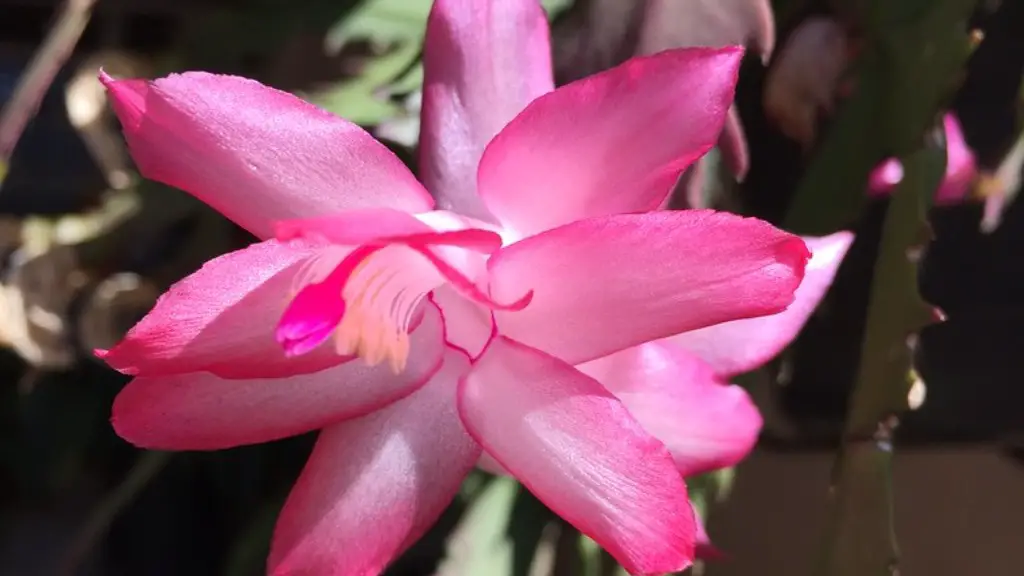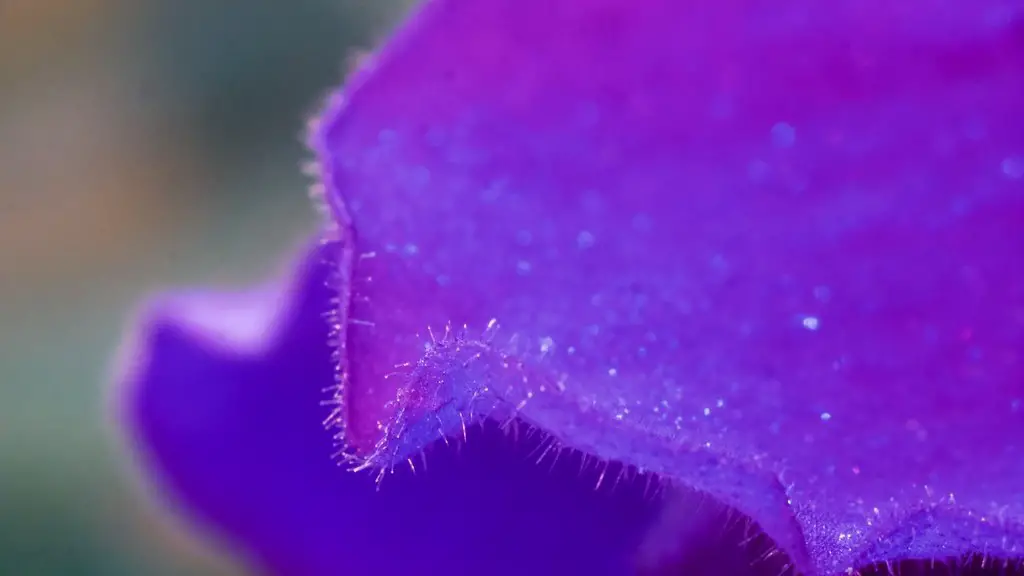African violets are small, delicate flowers that are native to Africa. They are popular houseplants and are often grown in pots or containers. African violets are relatively easy to care for and can thrive in a wide range of environments. With a little care and attention, these beautiful flowers can brighten up any home.
First, African violets need bright, indirect sunlight. If you can provide a spot near a south- or west-facing window, that would be ideal.
Second, the soil for African violets should be loose and well-drained. A commercially available African violet potting mix is a good option, or you can make your own mix by combining equal parts of peat moss, vermiculite, and perlite.
Third, African violets need to be kept moist, but not soggy. Water them from the bottom by filling a saucer with water and allowing the plant to sit in it for about 15 minutes. Allow the soil to dry out slightly between waterings.
Fourth, African violets require high humidity to thrive. If your home is on the dry side, you can increase the humidity around your plants by placing a tray of pebbles and water beneath the pots, or by running a humidifier nearby.
Finally, feed African violets regularly with a fertilizer designed for blooming plants. A half-strength solution applied every other week should be sufficient.
How do you care for African violets indoors?
African violets need indirect sunlight in order to thrive. Direct sunlight can actually burn the leaves of the plant, so it’s best to choose a north- or east-facing window for best results. Additionally, it’s important to keep the plants away from cold glass and to rotate the pot once a week so that all leaves receive light. During winter months, you can extend the amount of daylight that the plant receives by placing it under a grow light.
A wicking system is a great way to make sure your African violets are never over watered. By only watering once a week and allowing the plant to completely dry between waterings, you can be sure that your plants will stay healthy and happy.
What do African violets need
African violets are beautiful flowers that need bright, indirect light to thrive. They will do best in warm temperatures, around 65 to 75°F, but can survive in cooler temperatures down to 50°F. However, they will not survive if exposed to temperatures below freezing.
Water your African violet carefully to avoid leaf spotting and crown rot. Use room temperature water and mist the foliage, being careful not to saturate the crown of the plant.
Is it best to water African violets from the bottom?
Watering your plant is important to encourage blooming, but you should be careful not to overwater. Water from the bottom with room temperature water by placing the plastic grower’s pot in water, and allowing the plant to absorb the water (not more than 30 minutes).
If you want your plants to have the best color and blooms, grow them in bright, indirect light. A plant stand three feet away from a west- or south-facing window is an ideal location. Plants will still grow when situated right beside north- or east-facing windows, but leaves will be thin and spindly, and plants less likely to bloom.
Can you use tap water for African violets?
If you’re not sure about the quality of your tap water, it’s best to err on the side of caution and use distilled or purified water for your African violets. Chlorine, chloramines, and dissolved solids can all adversely affect the health of your plants, so it’s best to avoid them if possible.
Coffee grounds are slightly acidic and contain nitrogen, two things that African violets need to grow healthy foliage. So, occasionally sprinkling used coffee grounds on top of your African violet potting soil can be good for the plant.
How do I keep my African Violet blooming
This plant prefers bright, indirect sun. Too little sunlight causes the plant to stretch for the light and produce few or no flowers. Too much sun can burn the leaves. An east-facing window is ideal, especially with a sheer curtain to block the sun’s harshest rays. The plant also needs eight hours of darkness every night.
African violets should be repotted every year or two to keep them healthy and blooming.
How often should African violets be fed?
African Violets need regular fertilizing to stay healthy and bloom throughout the year. However, too much fertilizer can damage the plant. In the fall and winter, reduce or stop fertilizer to prevent over-fertilizing.
If you’re giving your African violet tepid or room temperature water, make sure to let it sit for a bit beforehand. 24-48 hours is ideal, but if you can’t, then at least an hour will do. This will help ensure that your plant gets the hydration it needs without shocking it.
Why do you water African violets from the bottom
To ensure your African Violet’s roots have enough aeration, water moderately but never let the plant sit in water. Watering from the bottom will also help to keep the plant’s crown dry. African Violets prefer warmer water, around 70 degrees.
When watering African violets, it is best to feel the top of the soil to see if it is dry to the touch. If it is dry, then it is time to water. African violets should be allowed to dry out between each watering for best results. Overwatering can kill a plant. The fine roots of an African violet need air, which cannot penetrate a soggy wet soil mass.
What do Overwatered African violets look like?
If your African Violet plant has been over-watered, the soil will retain too much water. This retention of water will cause the leaves and /or leaf stems to turn soft, limp or mushy.
The answer is yes you can get African violet leaves with not a problem at all however You must use sterile tools and conditions to avoid any bacteria or other problems. Also be very careful not to damage the leaves while removing them from the plant.
Final Words
1. Start by choosing a healthy African violet plant. Avoid plants that have wilted leaves or flowers, as these may be indicative of poor health.
2. Once you have chosen a healthy plant, water it thoroughly. African violets need to be kept moist, but not soggy.
3. Place your African violet in a location where it will receive bright, indirect light. Too much direct sunlight can scorch the leaves, while too little light will result in lackluster growth.
4. Feed your African violet regularly, using a fertilizer specifically designed for African violets.
5. Keep an eye out for pests, such as aphids and spider mites. These can damage your plant if left unchecked.
6. Finally, be sure to deadhead your African violet regularly. This will encourage continued blooming.
While african violets are not the easiest plant to take care of, with a little bit of patience and practice, you can be successful in keeping them healthy and vibrant. With proper soil, watering, and light exposure, you can enjoy these beautiful flowers for years to come.
